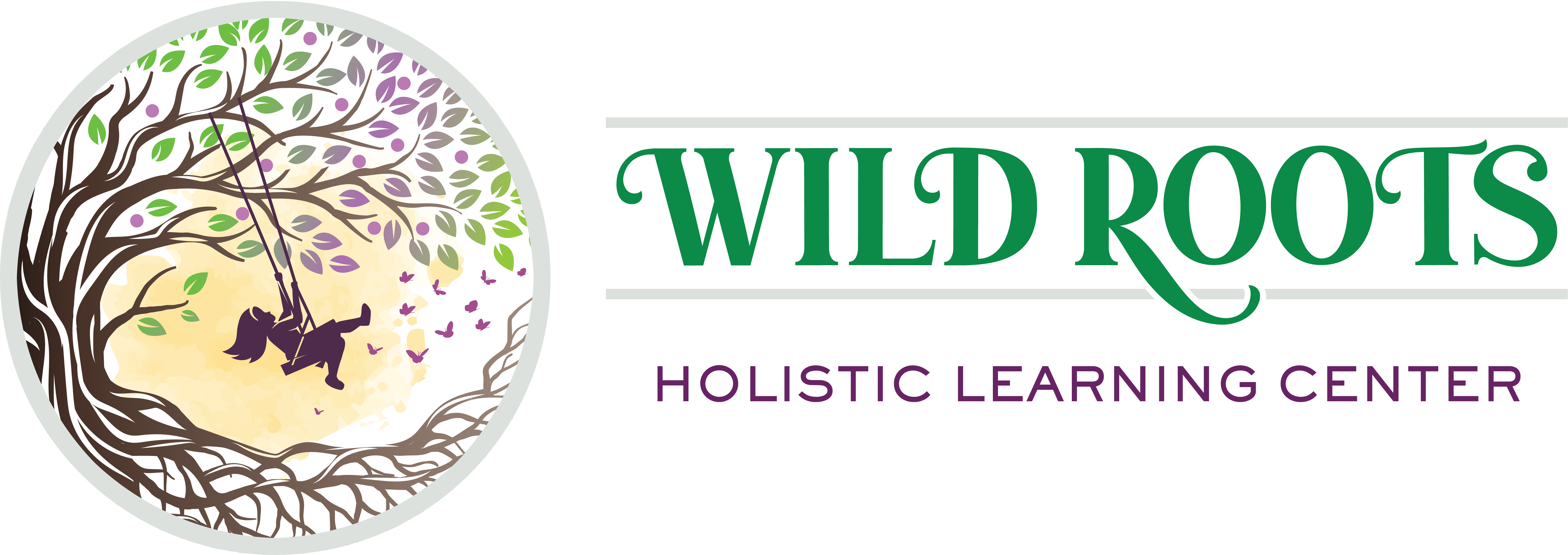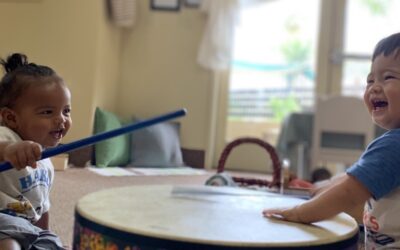Toddler and Preschool age children are in constant, active states of making sense of the world around them, formulating ideas about the way that different pieces of their world fit together based on their experiences. They are also very sensory oriented, and the majority of their “sense making” takes place through exposure to sensory input, where each of their senses is engaged in one way or another, giving them unique perspective and personal understanding of their environment.
Understanding the importance of architecture for young children is paramount for teachers and parents, as building and construction projects give children much tactile sensory input and allow for limitless “sense making” opportunities. The true process of architecture- original innovation through building and construction, is an important feature of any child-led early learning environment, as it fosters many areas of development for the child and nurtures connectivity and investment to the child’s larger community.
Architecture Benefits each of these Developmental Areas:
- Exposure to blocks, large shapes, and other building materials helps promote awareness of size and space relations, while also grounding the child in more refined awareness of his own body and large motor skill. Utilizing big materials to stack, roll, pile, smash, balance, etc. aids the child as he becomes more in tune with his body, building strength, balance, and finesse as his bones and muscles become more capable of handling large materials with ease.
- Utilizing a variety of shapes and materials gives incredible exposure to math and science concepts that range from numerical counting and shape identification to knowledge of measurements, weight, gravity, and density. Allowing for an environment where these concepts can be explored will create more independent discovery within the child’s investigative mind.
- Providing natural and recycled materials in an invitation to build encourages awe for the natural world and an intent to repurpose and reduce waste. It is a significant moment for a child when she realizes that an otherwise discarded paper towel roll can be used to form the tallest tower, or that the lids cast aside from kitchen waste can be turned into wheels to make things roll! As the children discover that leaves and sticks and stones from nature can all be utilized in one way or another, love for nature’s bounty and a desire to be within nature is ignited.
- Construction in and of itself is an act of creativity and investment in the betterment of a place. Allowing for architecture encourages the child to feel his sense of investment in place, and gives him the opportunity to create positive change. These ideas establish the child’s sense of belonging to place, community, and innovation to make the world a better place.
So, get to building! Below is a list of architecture must-haves, as well as natural and recycled materials that will do wonders for your block area, at home or in the classroom! This is just a basic list to get started, but ideas for architecture are virtually limitless!
Architecture Sample Material List:
- Branches
- Logs
- Sticks
- Pieces of bark
- Spare pieces of wood
- Pebbles
- River rocks
- Precious stones
- Leaves
- Palm frawns
- Pinecones
- Dried flowers
- Water bottle lids
- Cans (sharp ends filed)
- Tubing (of any kind)
- Felt sheets
- Cork board
- Drinking straws
- Cardboard boxes
- Sheet metal
- Metal wire
- Floral wire
- Spare blinds
- Spare pieces of crown molding or baseboard
- Old tires
- Rope
- String
- Twine
- Masking tape
- Duct tape
- Electrical tape
- Hot glue
- Elmers glue
- Wood glue
Have fun building, everyone!







0 Comments